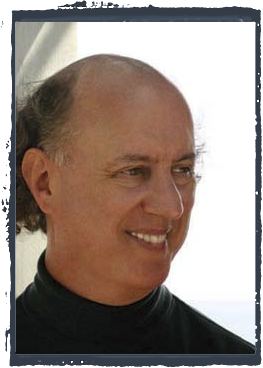Recording!
I search for a way of recording.
I found an engineer,
But nothing’s very clear
To me!
Recording!
He’s got his own way of distorting.
And suddenly I’ve found
How dry my gorgeous sound
Can be!
Recording!
Play it loud and it sounds like braying!
But too late! It’s already past praying.
Recording!
I’ll never stop hating recording!
Just hearing the word recording is enough to make us musicians anxious. And why not? Everywhere we turn, people who claim to be experts are telling us what to do and how to do it; blinding us with science. But these engineers, producers, consultants—do they really know how to capture our performances, our interpretations, our precious sound? No, not always. Perhaps not even most of the time.
Don’t get me wrong: some of these “audio people” are treasures! But we do well to remember that what matters most in recording is good ears and musical judgment; so our musical training and experience are directly relevant to judging audio questions. And a good thing, too; for as the artists, it’s our obligation to see that our performance arrives intact at listeners’ ears; and this applies in recording as much as in the concert hall. A sacred obligation that we must not abdicate!
Now, most music, heard by most people most of the time, is recorded. And more people may hear our recordings, if we make any, than attend our concerts. Even when we’re asleep, some concert manager may be listening to a track of ours and deciding to hire us. As we learn new repertoire, the dean of some music school may be deciding to invite us for a residency. While we take a day off, listeners may be discovering that our playing gives meaning to their lives. So, yes, recordings can be important to us; and we want them to present us at our best. But what does “best” mean, and how do we assure it?
I have two recordings of the same pianist. In the first one, she and her audience are obviously caught up in the moment. Her playing brims with insight and overflows with feeling. Audience members’ involvement shows in their attentiveness and eager applause.
In the other recording, the whole level of feeling is lower; and the insight is more pedantic than poetic. As for audience response, there is none; for there is no audience.
#1 carries me away. #2 is boring. #1 makes it obvious she’s a superb pianist, expressive interpreter and exciting performer. #2 leaves me uncertain about these, and not caring much either way.
We can identify what makes the difference between the two recordings, and no doubt you’ve already done so; but just to put things in context, it wasn’t the pianos: both instruments were fine. So were both tunings, and the acoustics of both halls. Nor was the difference due to differences in the recording process.
You’re impatiently whispering, “It’s the audience! The difference is the audience! What you’re describing in #1, we know from our own experience!” Of course I agree. The audience is everything.
Let’s also notice that #1 cost the pianist no money and no work beyond the preparation and performance she was already doing for the concert. It was a routine taping of her very much not-routine faculty recital at a conservatory. By contrast, #2 cost her mucho moolah for renting the hall and hiring the recording engineer; and lots of work in recording sessions and editing (which can range from no-work-needed—almost unheard of—to the musico-permutational hell described hilariously by Jeremy Denk in “Flight of the Concord,” The New Yorker, Feb. 6, 2012).
So! When you and I perform and record together, are we agreed we’ll record ourselves in concert? Yes? Good!
